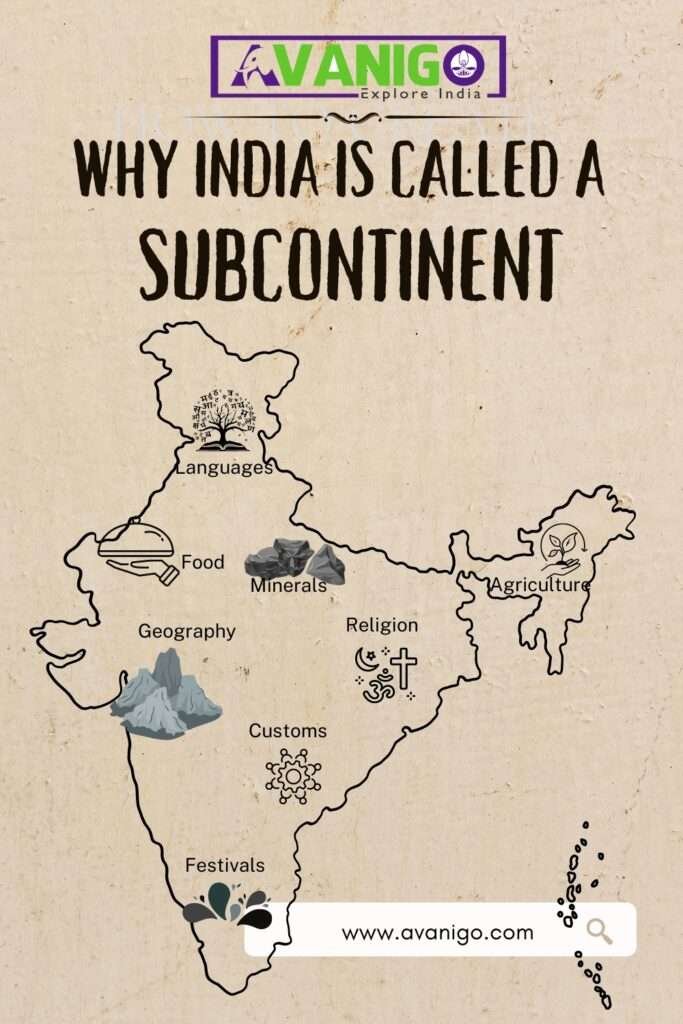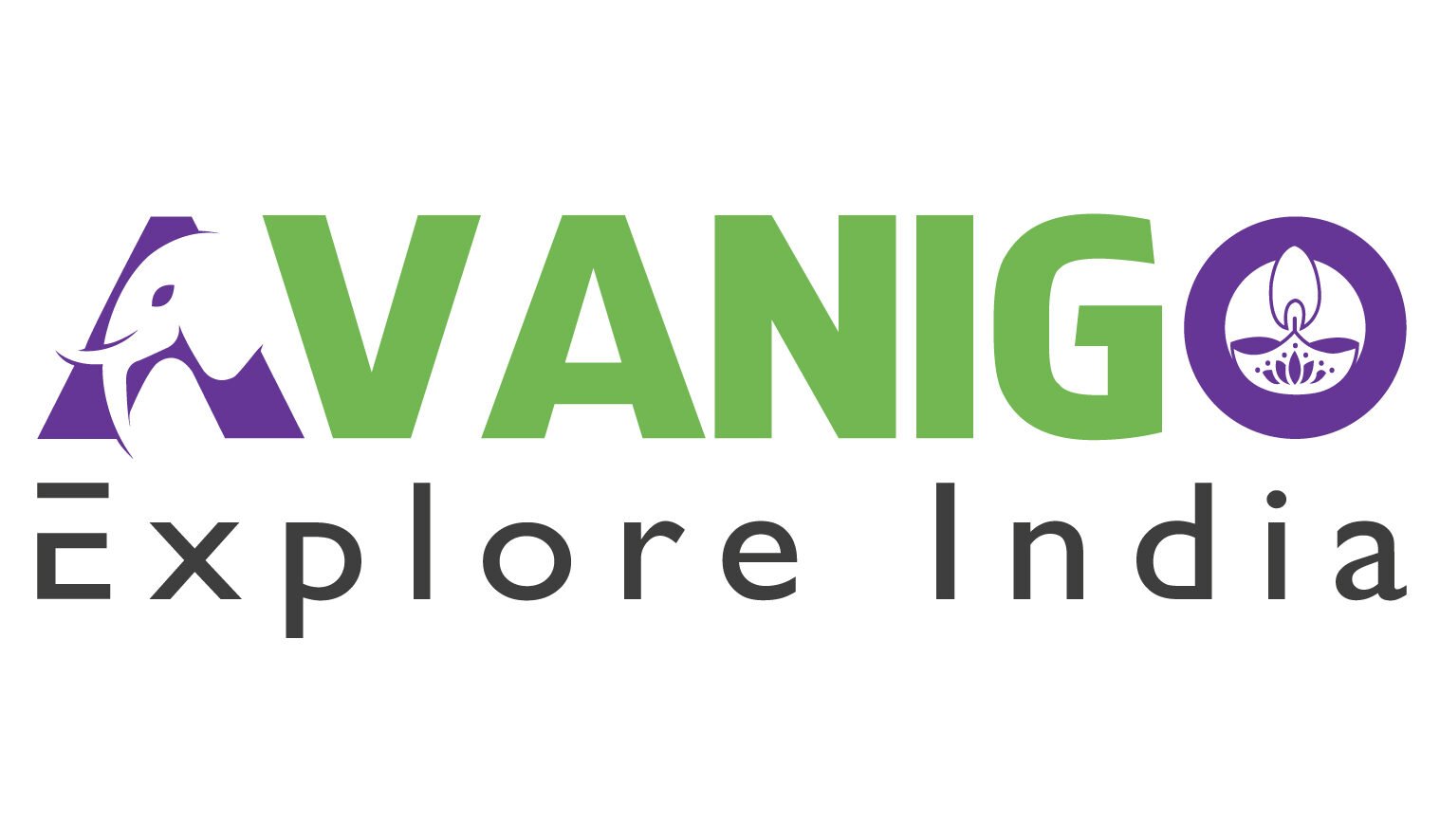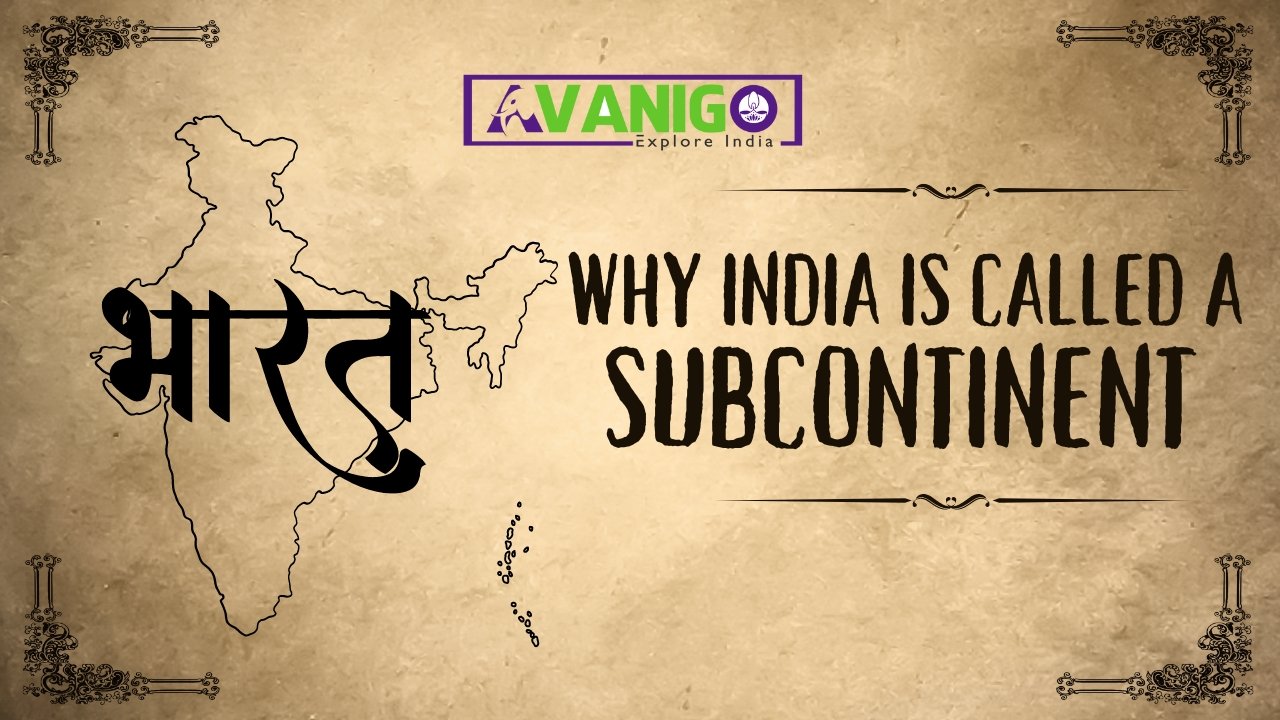Have you ever looked at a map of the world and seen how different India is from other countries while all others are at least connected? Before we understand why India is called a subcontinent, here is an interesting story: In Morocco, adventurer Ibn Battuta left in search of adventure. His travels would unveil mysteries across three continents. When Battuta’s ship docked on the shores of India, he was amazed by the diversity before him. While maps showed India as part of Asia, something set it apart. Its shape, stretching from cold peaks to warm waters, reminded Battuta of South America – another continent in her own right.
Quick Navigation
What is a subcontinent?
Before we understand completely why is India called a subcontinent, let us discuss in simple words – what is a sub continent?
A subcontinent is a large part of a continent, that has its own:
- Geography like rivers, mountains, plateaus, plains, etc.
- Culture and people
- History
Even though it is anot a continent, it possesses all features that are often noticed in a continent.
What makes a place a subcontinent?
For a place to be called as subcontinent, it has to be large enough and be separated from the main continent by an ocean or mountains. India has both characteristics.
India sits on its tectonic plate. Have you ever heard of the term tectonic plate? Our Earth’s surface has massive plates that move gradually, leading to natural disasters like earthquakes. One of these plates was assigned to India, known as the Indian Plate. This implies that the land of India has gradually drifted off the Eurasian Plate, which constitutes the remaining part of Asia.
India’s location is now isolated from other countries sharing borders with it to the north, such as China, Pakistan, and Nepal, and the fabulous Himalayas Mountain range surrounds it. Not only that, these are Earth’s loftiest mountains; nevertheless, they came into existence after the subcontinent’s tectonic plate kept heading northward and eventually collided with the continental one, resulting in increased elevations.
How Indian fits the definition of a subcontinent?
India is a part of Asia, the biggest of five continents. India can be called a subcontinent because it satisfies many criteria that make a continent:
Size – India is one of the largest countries in the world. It covers a huge area of the Asia continent.
Borders – India has its own borders, well defined and diverse. The Himalayas on the North, Bay of Bengal in the East, the Indian Ocean in the South and the Arabian Sea in the West. They all seperat India from its nieghboring countries.
Climate – The climate in India is well-structured. The summer, winter and rainy are well-defined in India giving the country its own uniqueness in terms of climate.
Culture – India has many cultures, languages, people and practices. It is an amalgamation of rich, authentic cultures that impart a vibrant positioning to India in terms of culture.
History and Civilization – Indian civilization is one of the ancient civilizations in the world. The Indus Valley civilization is a renowned civilization in the world history.
The Indian subcontinent
The Indian subcontinent comprises several countries, each with its charm and character. Yet they remain tied together through geographical proximity and shared history. Let us introduce you to these beautiful lands and people that enrich India country profile:
- Pakistan is India’s western neighbor, with many ups and downs. This diverse country is home to landscapes spanning deserts to mountains. Its people proudly hold on to their cultural traditions, from music to food.
- Bangladesh was part of Pakistan before gaining its independence. The Padma River, the lifeblood of this lush and colorful nation, is its center of attention.
- Sri Lanka, located south of India, is a tropical paradise. This is where ancient kings built mighty cities beside waterfalls and lush greenery. Sri Lankans still welcome visitors as they did a thousand years ago, with warm smiles.
- Very high up in the towering Himalayas are Nepal and Bhutan. While Nepal invites all to explore its beautiful valleys, Bhutan only recently opened up but remains devoted to preserving its singular identity. Both add their magic to the diverse cultures here.
- Afghanistan occupies an essential place with its rugged beauty and proud heritage. Though times have been tough, this country’s incredible spirit and hospitality continue undimmed.
Each of these lands holds treasures for those with a curious mind. Together, they weave our shared neighborhood’s vibrant and enduring fabric – the Indian subcontinent.

Common Heritage
The people of the subcontinent share many aspects that went on to define this unique region. Some of the common threads are:
- Languages: Many languages, like Hindi, Urdu, Bengali, Punjabi, etc., are interspersed across borders with similar scripts and root words.
- Religion: Major faiths that emerged in India, like Hinduism, Buddhism, Sikhism, and Jainism, are followed widely with local variations though their roots lying in the Indian philosophy.
- Food: Staples like rice, flatbread, lentils, and spices form the base of most subcontinental cuisine.
- Arts: Cultural dance forms, music, architecture, and handicrafts exhibit common styles from India to Afghanistan.
- Festivals: Colourful seasonal celebrations resonate across localized traditions through the years.
- Customs: Dressing, rangolis, marriage, and food-sharing practices have endured over time.
Highlights in the evolution of Indian Subcontinent
Some historic phases went a long way in shaping the destiny of the subcontinent:
- Ancient civilizations: The Indus Valley, Mauryan, and Gupta empires spread proto-Hindu culture and governance models far and wide.
- Spread of faiths: Buddhism arose in India before reaching places as distant as Japan via the Silk Route.
- Mughal reign: The unified rule under the Mughals in the 16th and 18th centuries caused immersive cultural interactions.
- British colonization: The 200 years of the British Indian Empire homogenized the region with rail, telegraph, and a new political identity.
- Partition: After the Indian independence, the 1947 division of India and Pakistan displaced millions, with an impact visible even today in politics and daily life.
For better or worse, these formative epochs sowed seeds of shared histories across this geographical stretch of land. Thus, its people remain conscious of their inextricable links to this unique part of the world – the Indian subcontinent.
Closing Thoughts
Now we have a solid understanding why India is called a subcontinent rather than just another part of Asia based on its size, geography, and cultural intermingling. India’s people may speak different languages and live in separate nations now. But their ancient connections to this land of mysteries and marvels set them apart from the rest of the world.
Swetha is a Content Specialist, LinkedIn Branding and B2B Marketing Consultant. When she is not in the world of B2B, she researches the roots and beauty of Indian Culture and Traditions. She is the author of the book: 365 Days 365 Posts – The Guide to LinkedIn Personal Branding, available exclusively on Amazon. Connect with her on LinkedIn.

